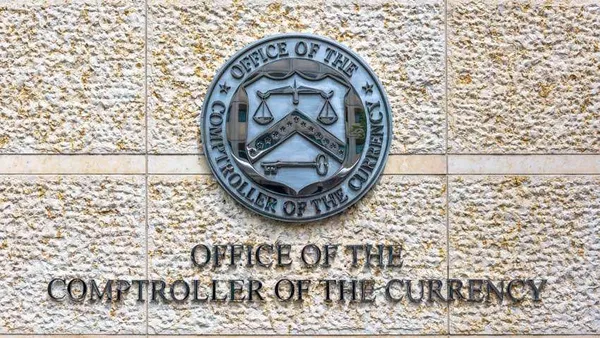Stripe isn’t quite ready to pull the trigger on an initial public offering, according to analysts and consultants who follow the payments behemoth.
Stripe — which generated speculation more than two years ago that it would go public — is considering arranging a sale of shares by employees that would value the company at $85 billion, multiple news outlets such as Bloomberg and the tech-focused website The Information reported two weeks ago.
Stripe executives have long been evasive on the issue of an initial public offering. But industry insiders who track the company have said that Stripe appears to be slowly moving toward allowing the public to buy shares.
Spokespeople for Stripe did not respond to a request for comment on the share sale.
However, the employee share sale signifies that Stripe is seeking alternate ways to raise capital, contend analysts like Glen Anderson, co-founder of the investment bank Rainmaker Securities.
“My interpretation would be the opposite,” Anderson replied in an email about whether the employee share sale is a sign that Stripe is nearing an IPO. “If they were contemplating an IPO, they wouldn’t need to facilitate an employee share sale.”
The payments firm offers payment processing and technology to businesses and was founded in 2010 by brothers Patrick and John Collison, who serve as the CEO and president, respectively. Stripe has dual headquarters in Dublin, Ireland and San Francisco.
In fact, an employee share sale might signal that Stripe is looking for a way to raise money without resorting to an IPO, said Lin William Cong, a Cornell finance professor who is the founding director of the university’s Fintech Initiative.
“Companies sometimes use private share sales as an alternative to going public, especially when market conditions are volatile or when they prefer to maintain operational flexibility,” he said in an email.
The employee share sale is a way for Stripe to raise money following a post-COVID fundraising slump, Bloomberg and others reported on Feb. 10, citing unnamed sources inside the company.
Details of the employee share sale, such as the company’s valuation, are subject to change.
Stripe’s $85 billion valuation, based on the share sale plan reported this month, is larger than the $70 billion valuation from Sequoia Capital in July, but smaller than Stripe’s $95 billion valuation from Sequoia in 2021.
“Stripe has offered a couple of opportunities already to existing and former employees to sell some of their shares,” said Steve Klebe, who was Stripe’s head of enterprise payments performance until 2022 and is now a freelance consultant and Stripe investor. “So it isn't a surprise they are doing it again, especially since the valuation is steadily returning to its former high.”
The possibility of a Stripe IPO has been germinating since January 2023, when CNBC reported that the co-founders had told employees they would take the company public or let workers sell their shares within the next year.
In some ways, Stripe is already acting like a public company by releasing performance results for 2022 and 2023 in annual letters. Stripe has not yet released results for 2024.
The co-founders have demurred when questioned about the possibility of an IPO.
“Presumably at some stage,” John Collison said on a Bloomberg podcast in September when asked if the company would ever go public. In March, he told Fortune magazine that he has “no news to share” on an IPO.










